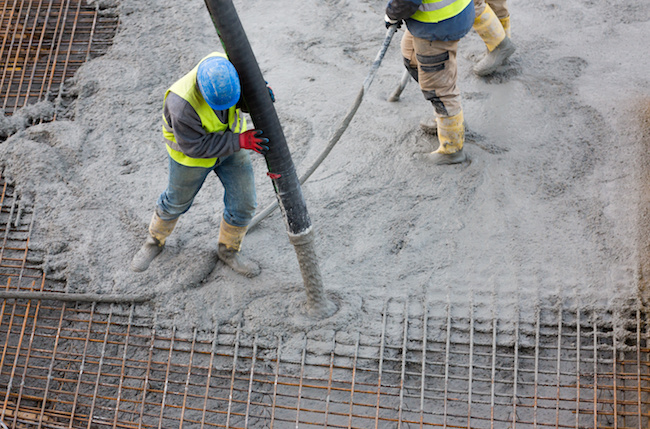
Ontario amends COVID-19 emergency order preventing contractors, suppliers from getting holdback
By David Kennedy
Law COVID-19Holdback typically makes up the bulk of a contractor's operating capital. Not receiving it has caused serious cash flow problems across the industry

Used to pay workers and other expenses, holdback typically makes up a large portion of contractors’ working capital
The Ontario government has patched up an “unintended consequence” of emergency orders issued last month in response to the COVID-19 pandemic that has caused headaches throughout the construction industry.
After several weeks of determined lobbying by industry groups, Ontario Attorney General Doug Downey issued a memo April 9 stating the province would exempt the Construction Act from O. Reg. 73/20, which suspended limitation periods and procedural time periods in any legislation, regulation, order or by-law.
“This will allow for the release of holdback payments to contractors and subcontractors in the normal course, helping to resolve a potentially significant cash flow problem as a result of the order for the construction industry,” Downey said in the memo.
Among other groups, the Ontario General Contractors Association (OGCA) and the Surety Association of Canada (SAC) have been pushing the province to fix the problem.
“We have companies out there, struggling to survive in these hard times, who can’t get their holdback money,” Clive Thurston, president of the OGCA, said in an interview last week. “How are we supposed to keep our men employed and pay their salaries and survive as a company if we can’t get paid?”
Holdback typically makes up the bulk of a contractor’s operating capital and flows from owners after the strict time period for filing liens expires. With the customary time limit for liens being disregarded because of the emergency order, however, project owners, including governments, had been withholding holdback over concerns contractors would later file liens on their projects, the SAC said last week.
“Losing access to these monies will result in many companies becoming illiquid very quickly,” the association said in a release. “With fewer projects expected to come onto the market and with current broader economy stresses, this pool of readily available cash is critical to the ongoing viability of the affected construction businesses.”
Calling the problem an “unintended consequence” of the emergency order, SAC president Steve Ness has been pushing the Ontario government to exempt the Construction Act from the order.
The province said the revision to the emergency order will happen April 16. The several days of delay are designed to give the industry time to prepare, Downey said.
Construction lawyers with McMillan LLP said in an April 10 bulletin that the reversal should improve the cash flow issue created last month, but may not fix it entirely — particularly in cases where an owner finds a lien on title.
“In that circumstance, an owner can only safely release holdback once the lien is ‘satisfied, discharged or otherwise provided for,’ which typically requires owners or contractors to vacate the lien by posting security with the court,” Glenn Grenier, Jason Annibale and Jeremy Rankin wrote late last week.
Because Ontario courts are generally only hearing urgent motions, parties will need to convince a judge their motion should be heard.
“Parties looking to vacate a lien should speak with their counsel about how best to demonstrate the urgency of their motion,” Grenier, Annibale and Rankin said. “Given the government’s now demonstrated intention to allow money to flow down to contractors and suppliers alike, it is hoped that courts will also agree to hear motions to vacate liens to help do just that.”




